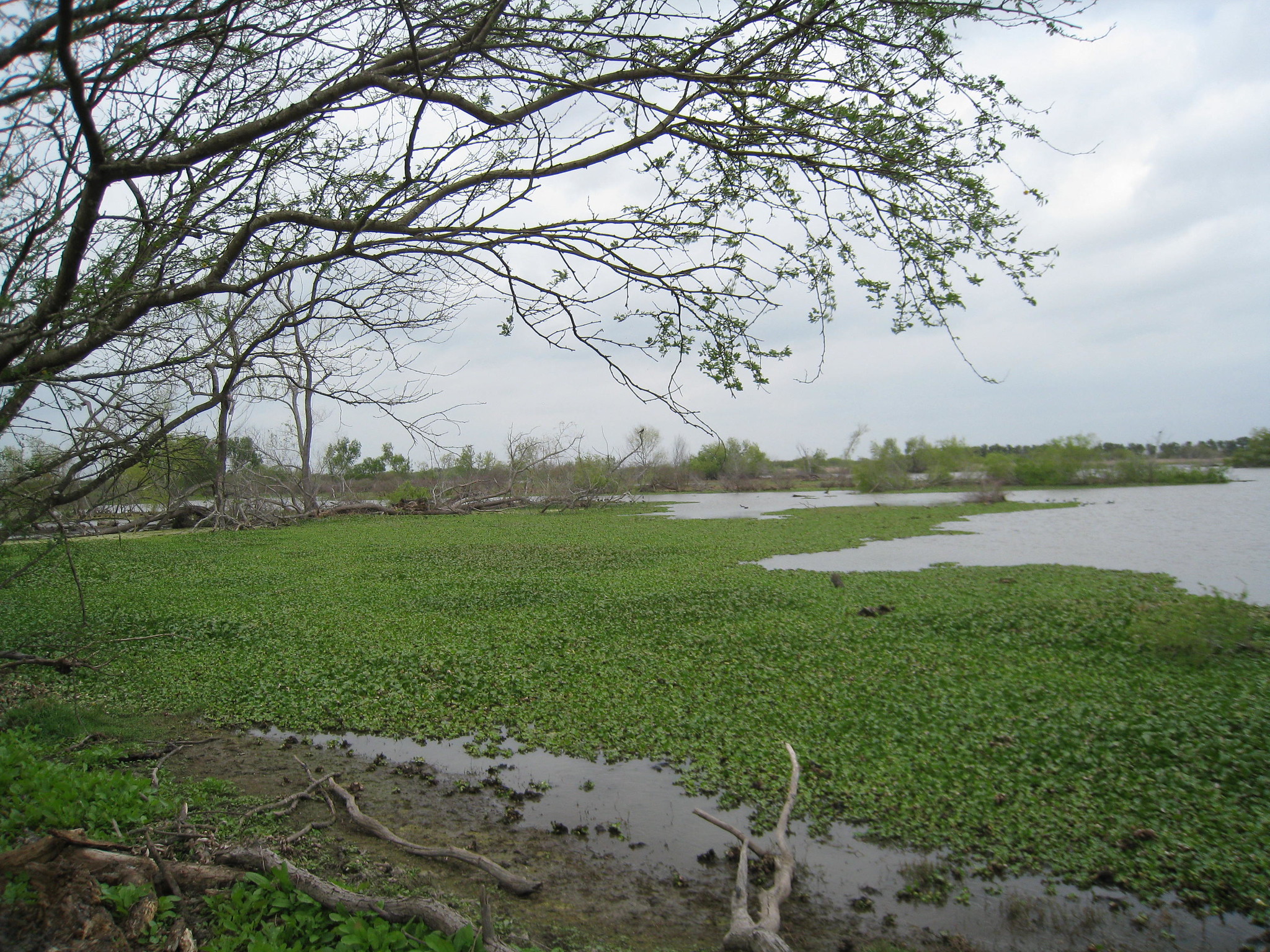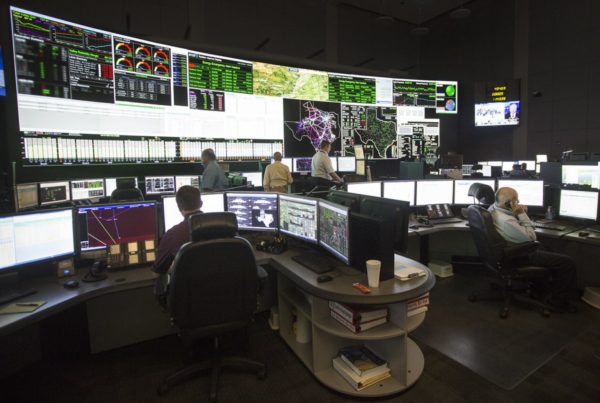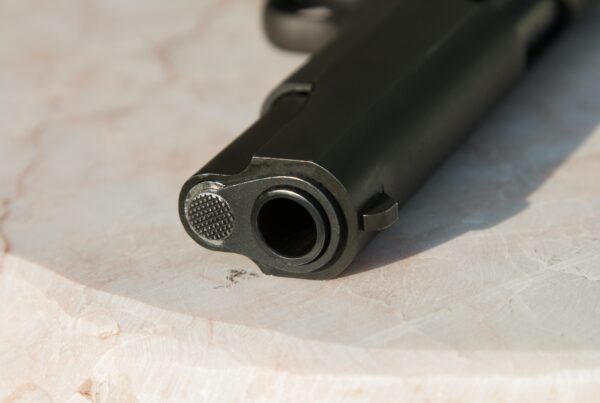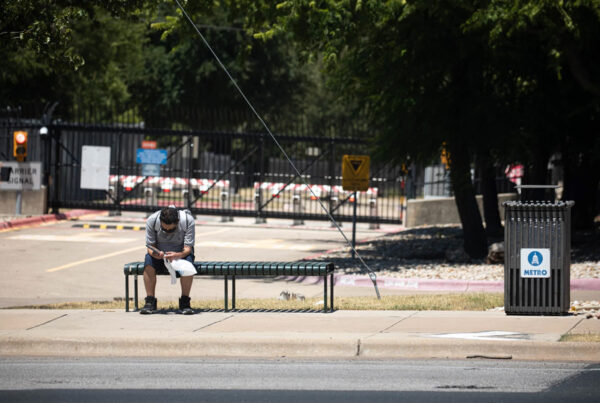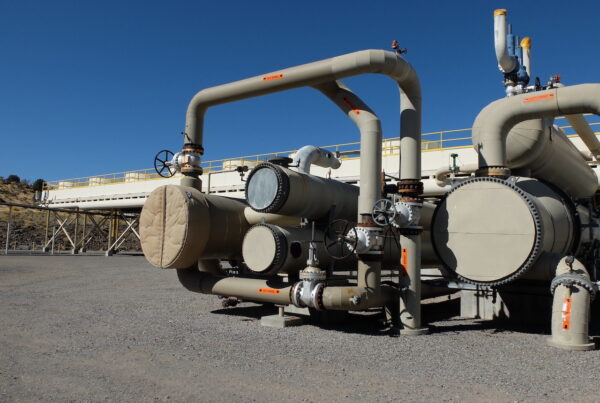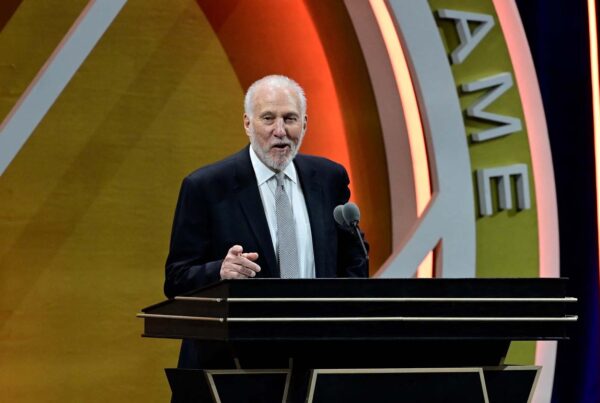The Department of Energy announced last week that it will spend $1.2 billion on financing two direct air capture projects: one in Louisiana, and the other at the famed King Ranch in Kleberg County, in a project led by Houston-based Occidental Petroleum.
Direct air capture is one of a growing group of technologies designed to combat the effects of climate change by reducing the amount of carbon in the atmosphere.
James Osborne, a Washington-based economic correspondent for the Houston Chronicle, spoke the Texas Standard about the new project.
This transcript has been edited lightly for clarity:
Texas Standard: Can you give us the CliffsNotes version of how direct air capture technology works?
James Osborne: Yeah, there’s a couple different technologies, but in essence, these are sort of like big vacuum cleaners that pull air just out of the atmosphere – they could be anywhere – and filter out the carbon. There’s a couple of different ways to do that. You could use a liquid sort of solution or just solid materials, more sort of like an air filter in a house, to pull the carbon out.
The big problem is that carbon’s a pretty small part of the air. Now, it’s going up: It’s 400 parts per million or so now, as opposed to less than 300 before the Industrial Revolution, which is the problem. But it’s still a very small concentration as opposed to, say, putting a carbon capture machine on a smokestack.
» GET MORE NEWS FROM AROUND THE STATE: Sign up for our weekly ‘Talk of Texas’ newsletter
A billion dollars is a big investment. You kind of raise some questions there. What kind of dent do experts say that this may make in terms of climate change?
These two projects in Louisiana and Texas are minuscule. I mean, this funds 2 million tons of capacity per year – so they could suck 2 million tons of CO2 out of the atmosphere, just a tiny fraction of all the emissions that get pumped in each year from driving and heavy industry and everything else.
But you know, what they’re really trying to do with this money is sort of jumpstart a new industry, what they are calling the sort of carbon capture and storage industry – which, you know, scientists, the United Nations, governments increasingly all agree is really needed if we’re ever going to get to net zero greenhouse gas emissions.
We can take care of a lot of emissions with switching of fossil fuel power to solar and wind. This stuff all makes a big dent. But there’s another like 20% or so of emissions – cement factories, long haul trucking, airplanes – these things are going to be very difficult to electrify. So they’re looking for alternate solutions, and carbon capture’s one of the things they’ve really gotten behind as a good solution.
You painted the picture of a big vacuum cleaner. What exactly is going to be built on the King Ranch, and why was it deemed a good spot for this project?
So these are big, you know, factory-looking things. None of these things have been built yet, but they do artist renditions. But I mean, they’re big; there’s fans, and they pull the air through liquid. It just looks like any sort of industrial facility.
The King Ranch, the family, has long been sort of interested in environmental stewardship. They already have wind turbines there. And, you know, it’s an interest of theirs. And other large landowning families all along the Gulf Coast have gotten interested in this.
It’s kind of a win-win. I mean, this is a potentially valuable industry in the making, but it also makes a contribution to climate change, something that’s important to these families. And it’s also something that’s important in the private sector, too, with shareholders right now – everybody really wants to see companies and large landowning families doing the right thing.
» MORE: ‘A joint effort’ has kept Texas power grid strong amid record heat, electricity demand
And any idea when this might be up and running?
They’re saying three to four years it’s going to take to get these things operational. Actually, Oxy already has one of these direct air capture facilities already under construction out in West Texas. It’s a slightly smaller facility, but that’s already being built, so that’s a couple of years away.
I mean, the thing with these direct air capture plants is they’re hugely expensive to build. I mean, you’re talking $400 to $600 per ton of CO2; that’s what you’re going to have to spend to get every ton of CO2. There’s a tax credit for this, but it’s only $180 a ton, so there’s a big gap right now. So it’s definitely like a very early stage of this industry. And there’s a long way to go before they get to the sort of scale that governments are hoping they will.


